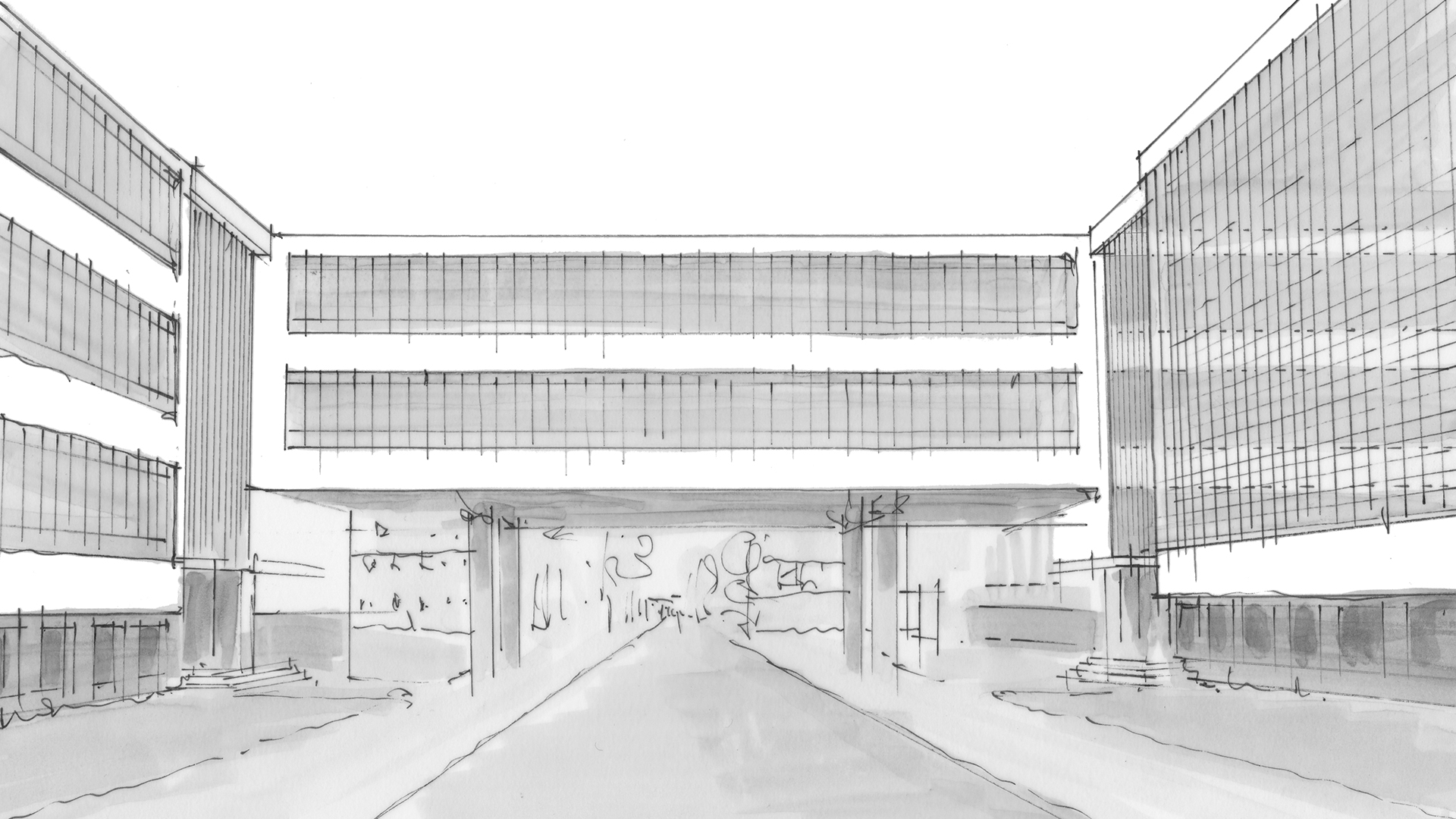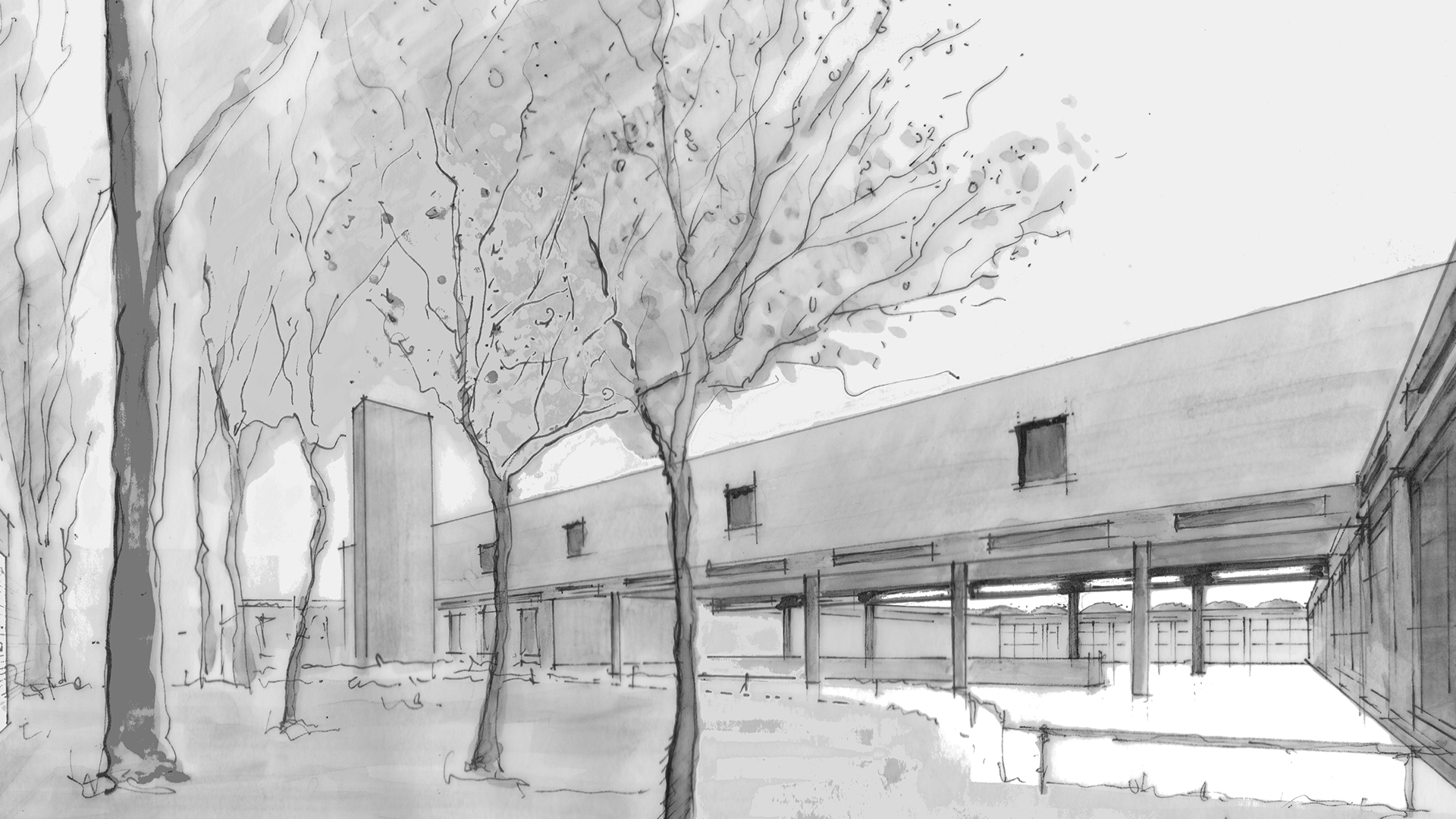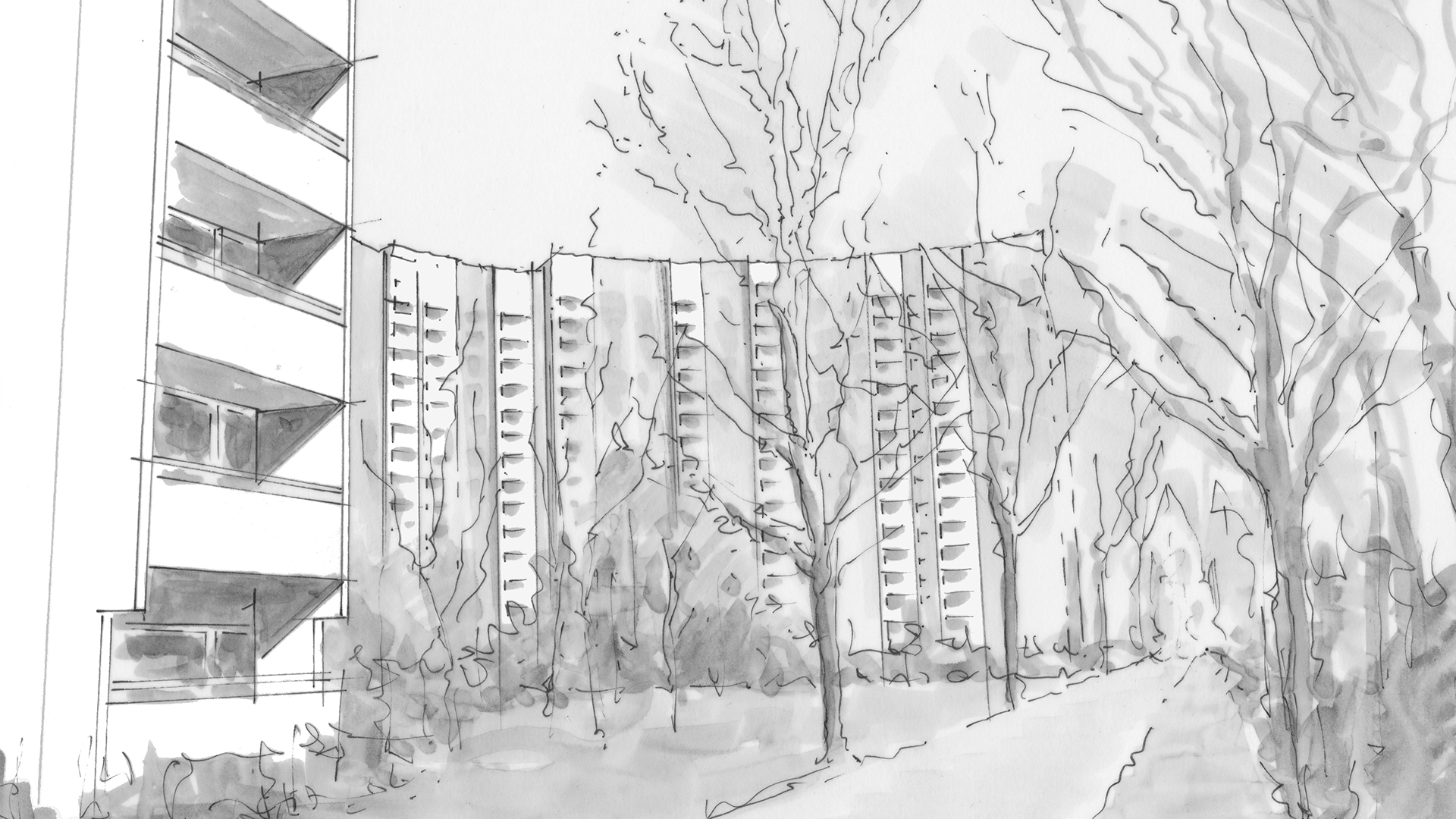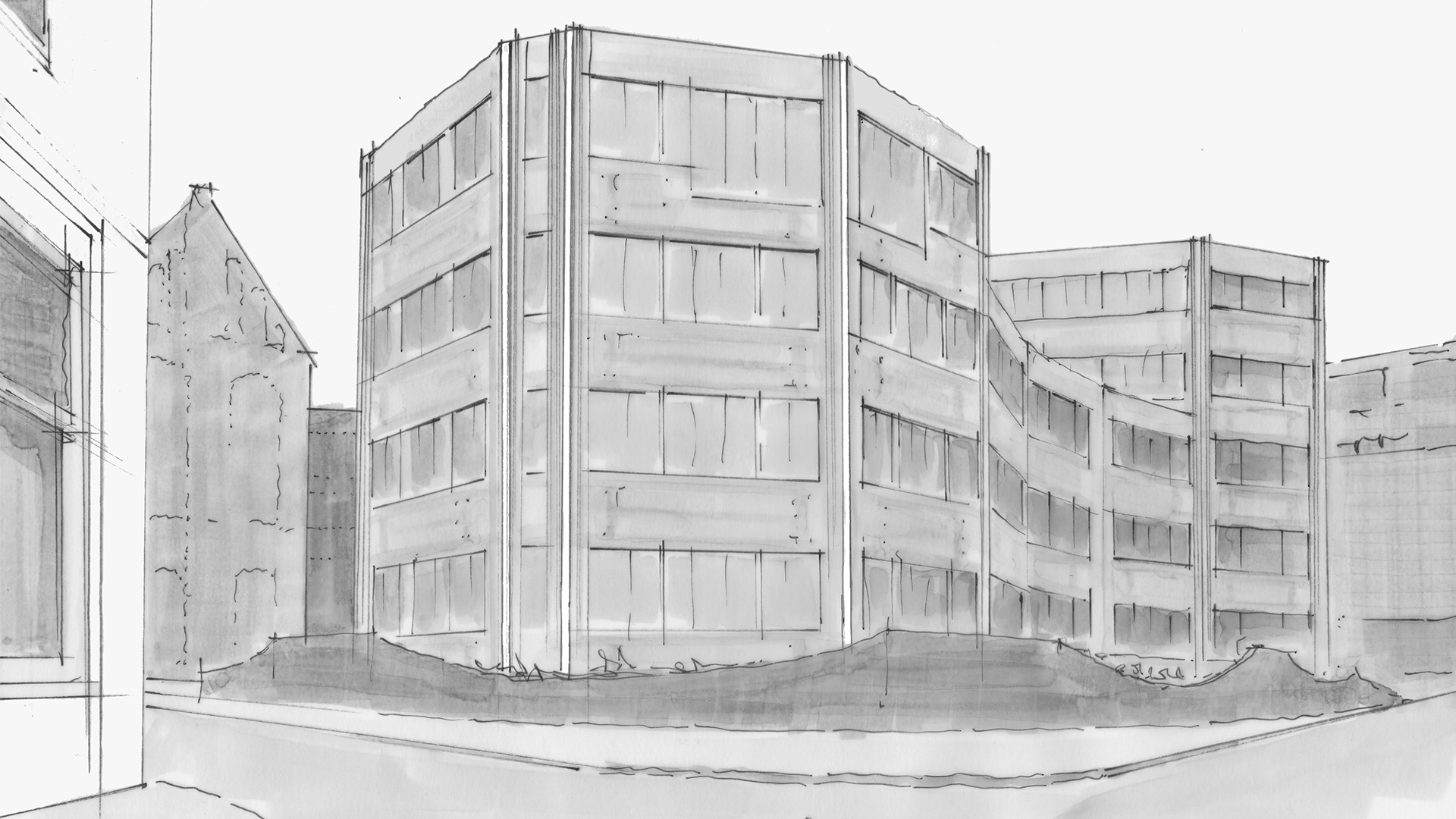Theory and practice of ‘space formation’ in modern architecture
Architect Oliver Sack is fascinated by the question of how spatial design relates to the use of space as it is intended and experienced. “I went in search of the relationship between the purposiveness of architecture, its perception and the role that space formation plays in that.” For his PhD research, he explored the socio-spatial aesthetics of space formation in twentieth-century architecture.
Sack delved into history in order to formulate a thesis on space formation. “Particularly at the end of the nineteenth and start of the twentieth century, space formation was an important subject in German-language architectural discourse.” Sack explored the writings of art historians August Schmarsow and Paul Frankl and the architect and theoretician Leo Adler. “Schmarsow wrote explicitly about how people visually and physically experience space in a concrete sense.”
Sack then scrutinised ideas and designs by Walter Gropius and Aldo van Eyck. “Both wrote a lot about their thoughts and their work, making them highly suited for case studies. I consider Gropius an exponent of Functionalism, or Nieuwe Bouwen, while van Eyck represents the post-war body of ideas of Team 10. Team 10 was a group of critical architects in the 1950s and 1960s, who primarily viewed architecture from a socio-spatial and cultural perspective.” In their own ways, each of them approaches space from the subjective perspective of the individual person. Whereas Gropius strives to achieve an architecture that is aligned with the Industrial Age – volumes that match each other and relate to their function and a production process that is technically effective –– van Eyck seeks to depart from this primarily functional approach half a century later. “The consideration of space becomes a reflection on place and person.”
Although the term ‘space formation’ is not used as such in the writings of either architect, based on their ideas and an analysis of space-forming structures in their building designs – walls, roof, rooms, openings and the way they are ordered – Sack was still able to determine how space formation plays a role.
He concludes that there are contradictions in both designers’ ideas about architectural space and how it is perceived and experienced. “Gropius may aim to make space tangible for people, but mainly overlooks the physical experience of confined space compared to open space.” Van Eyck does allude to this, says Sack, but ignores the architectural space as an object of perception and aesthetics. Sack also notes that Schmarsow’s architectural theory was not developed further within modern architecture. According to Sack, it is important for architects to continue to consider the perception of (designed) space and the role that space formation plays in architectural aesthetics.




